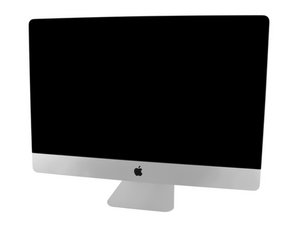Using external SSD as main drive
Hi, I am using iMac 27 inch Late 2015 with 1TB fusion drive.
I have only a basic knowledge of the computers. I use my computer for basic home and office use. But its really slowing up specially on startup. I have upgraded the RAM from 8 to 24 Gb but it hasn't made any difference.
Upon doing some research I understand that the Fusion drive (HDD or PCI or both) parts can be replaced and can be helpful. But that seems a complex process and technicalities are involved.
Referring to your post “Replacing HD portion of Fusion Drive with SSD “ I understand that easiest option would be to mount an external SSD via TB2 and have boot and storage on that drive.
Would you recommend and advise this a solution?
Thanks.

 1
1 
 339
339  974
974 